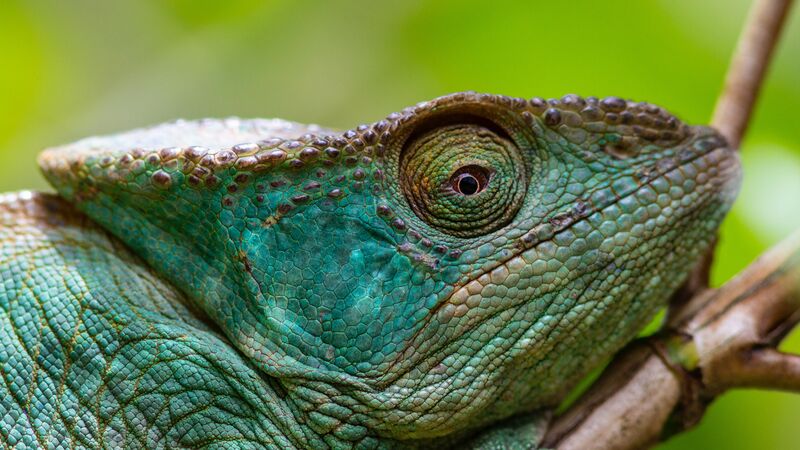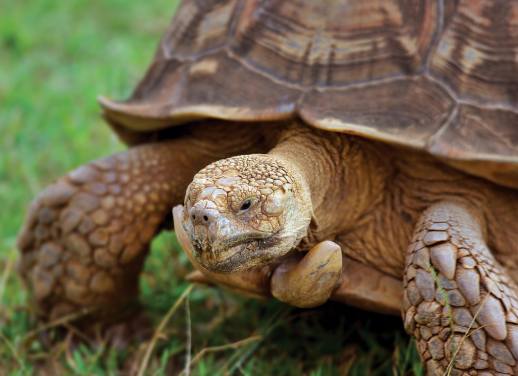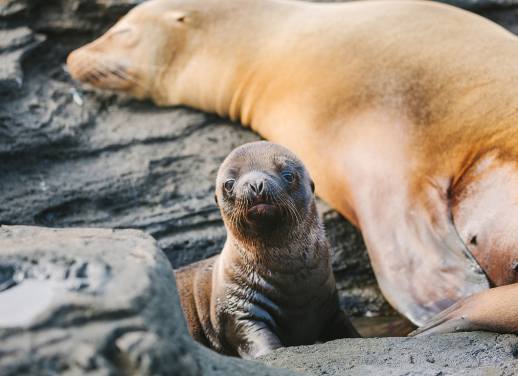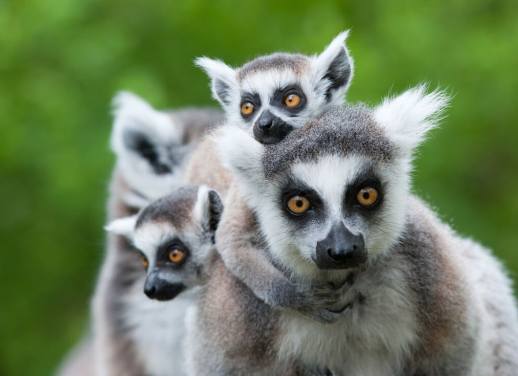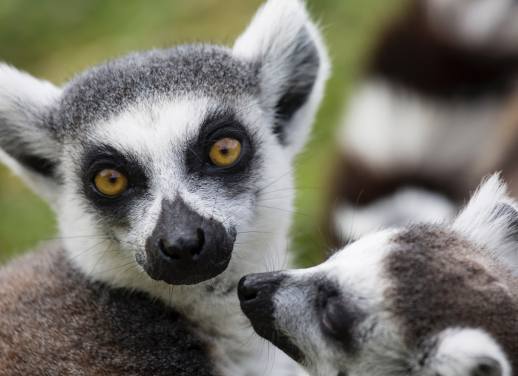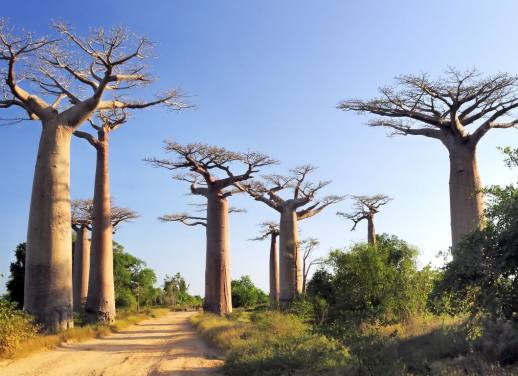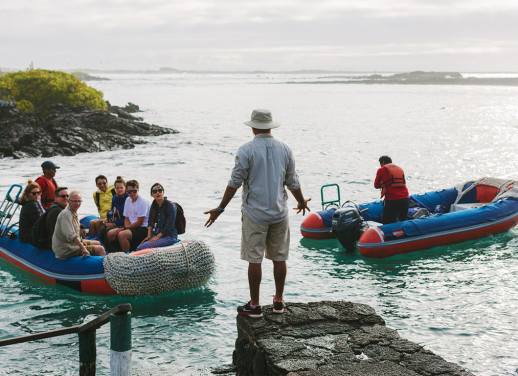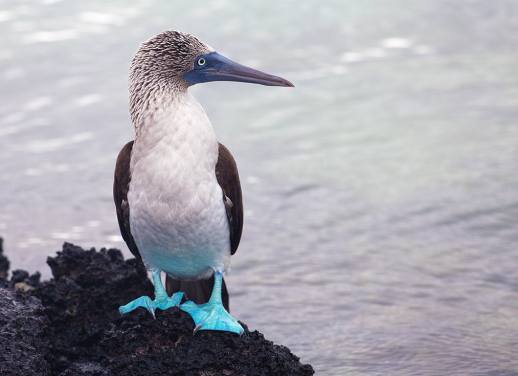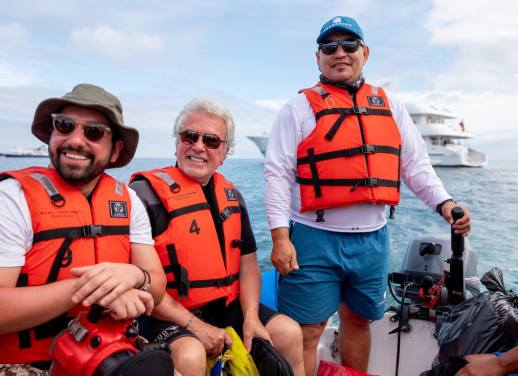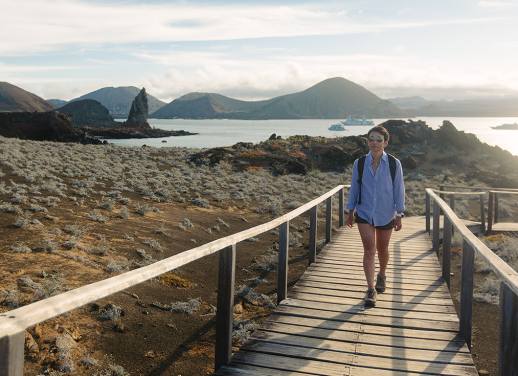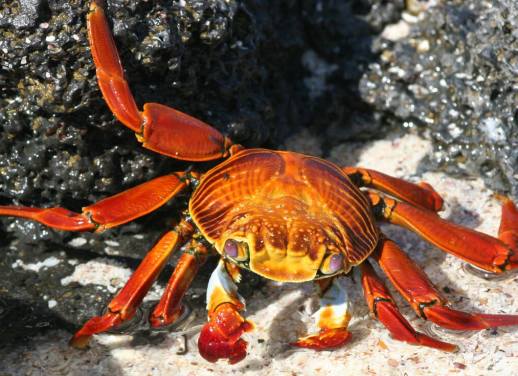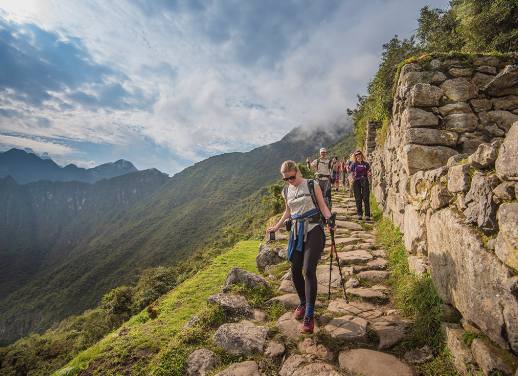Don’t know? Just paws for a second and read this comparison blog.
Have you been entranced by the ring-tailed lemurs and fossas found in Madagascar ever since you watched the Dreamworks movie of the same name when you were a kid? Or perhaps the giant tortoises of the Galapagos Islands catch your eye with their slow walks and long life expectancy? First of all, me too.
And second of all, now that you’ve established you’ve got a thing for animals (rightly so), and you’ve narrowed down your trip of a lifetime to two animal-filled destinations, the Galapagos Islands or Madagascar, which destination should you choose?
Plan A would obviously be reading this blog comparing the two countries’ animals, plant life and cuisine, and then making an informed decision. Plan B is reading this comparison blog and getting to the end of it still unsure which country to choose, then flipping a coin. Both options are great and both will ensure you mentally lock in your next holiday destination.
Animals
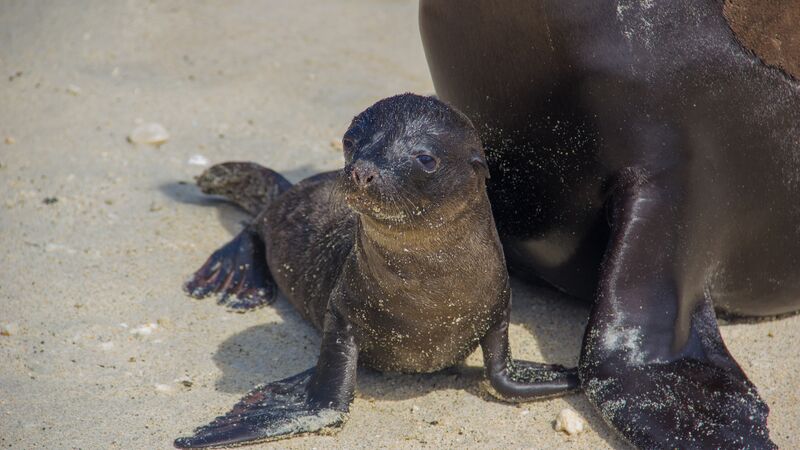
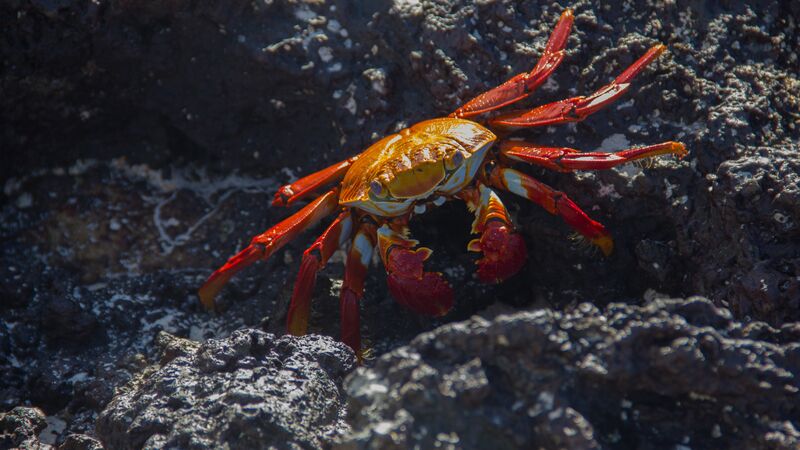
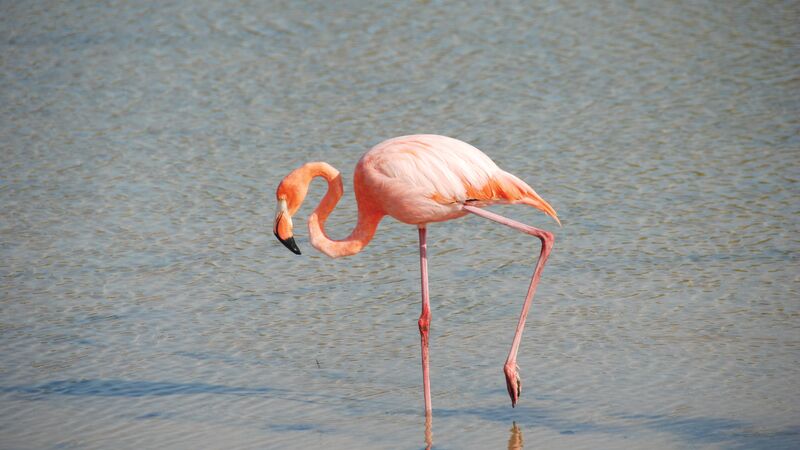
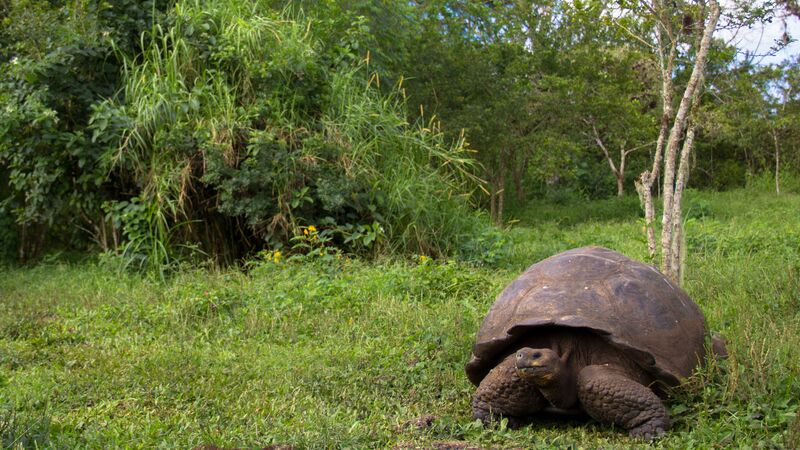
Endemic may as well be the Galapagos Islands’ middle name because of the number of native animals that call this archipelago their home. We’re talking 20 reptile species, 5 land mammal species, 6 seabird species, 22 landbird species, 580 marine life species and 86 fish species (and that’s not even all of them).
But while the islands boast a cool collection of fascinating animals such as the marine iguana, the Galapagos finches, the flightless cormorant and the Galapagos fur seal, it’s the Galapagos tortoise people travel far and wide to see. This species, which lives up to a staggering 177 years, has earned the ‘largest tortoise in the world’ title and now inhabits 10 of the 13 islands in the archipelago.
From learning about the giant tortoise’s origin, evolution, breeding patterns and threatened future and watching them in their natural habitat on Isla San Cristobel to wandering around the Charles Darwin Research Centre on Isla Santa Cruz for a glimpse of a baby tortoise or two, our Galapagos tours promise the perfect opportunity to get as close to them as you can.
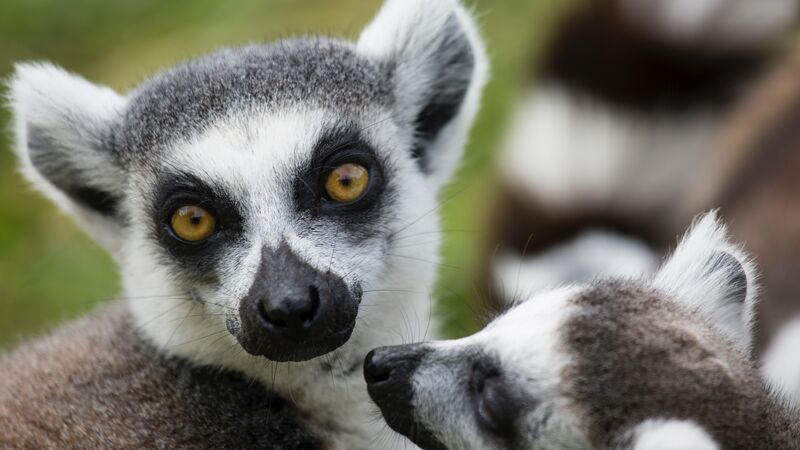
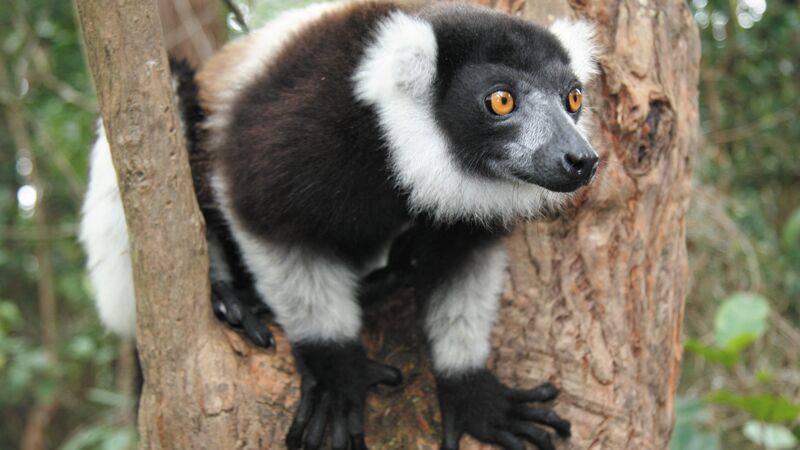
If you move it (move it) all the way to Madagascar, then you’re in for a furry treat. This island country is home to over 250,000 animal species, 90% of which are actually endemic to the island, making Madagascar a one-stop shop for the cute, cuddly, colourful, scaly and slithery things you won’t see anywhere else.
The lemur is the most popular of these animals, with around 107 species and subspecies present on the island, and some have only been identified as recently as 2008. Tireless conservationists have ensured that plenty of these species, which experts consider rare and endangered, still inhabit various community reserves and national parks.
So, whether you fancy coming across a conference of ring-tailed lemurs in Anja Park, spotting the indri indri as it flits from tree to tree in Andasibe National Park or getting an up-close look at the captivating bamboo lemur in Ranomafana National Park, you’ll go home with camera rolls full of these unique animals.
But Lemurs aren’t the only animals worth coming to Madagascar for.
The slinky fossa, with its cat-like body and its tightrope tail, moves noiselessly between trees. The comet moth (one of the biggest moth species in the world) dazzles with its impressive 20cm wingspan and bright colours. The panther chameleon changes colour with an astounding amount of variation, snaring its meals with a quick, snake-like tongue. And of course, the tomato frog lights up the forest floor with its glowing red body, leaving an oozy trail in its wake.
Biodiversity
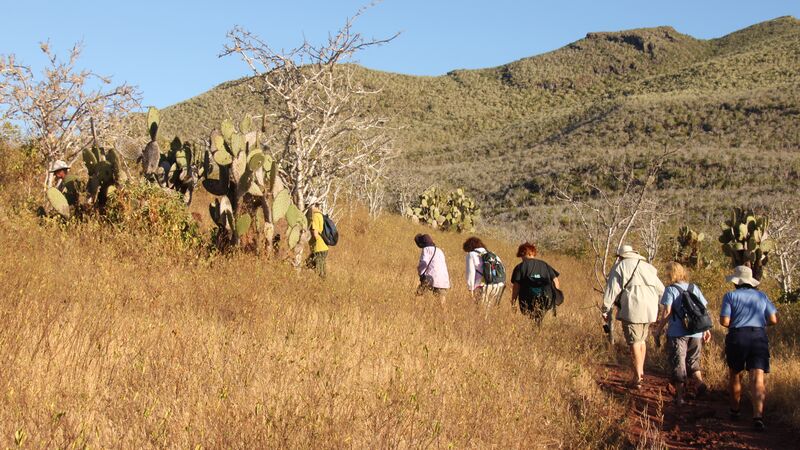

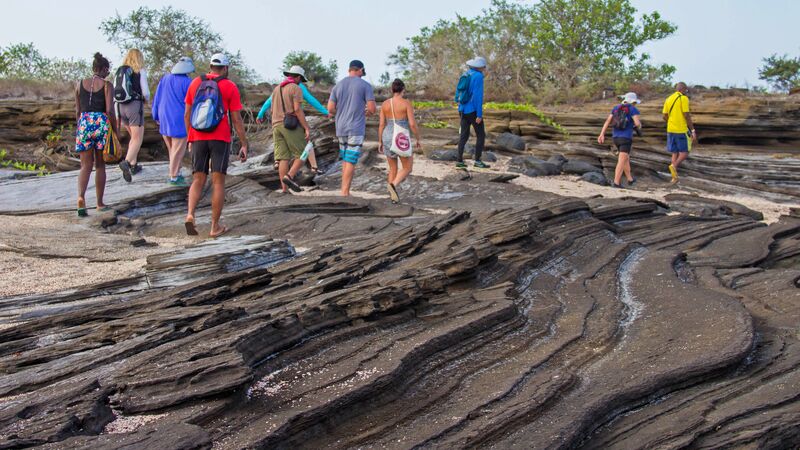
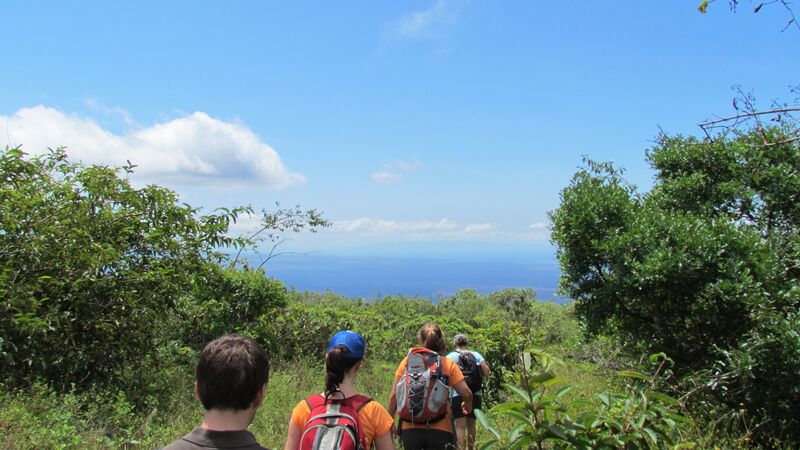
The many weird and wondrous animals of the Galapagos Islands might be what you come to see but it’s the plant life and various landscapes that you’ll inevitably fall in love with. One-third of the plant species are endemic to the islands, with specific ecological zones that feature an array of fascinating plants such as myrtle, saltbush, and incense trees.
Some of the native plant life on the islands is rare and endangered, but if you’re lucky, you’ll be able to spot a prickly pear cactus as you navigate the arid lowlands or treat your eyes on a journey through the mangrove swamps in the coastal wet zone region.
And don’t even get me started on the marine life. It’s easy to spend your days swimming and snorkelling in the crystal clear waters surrounding the islands when they’re full of manta rays, swordfish, turtles and whale sharks.
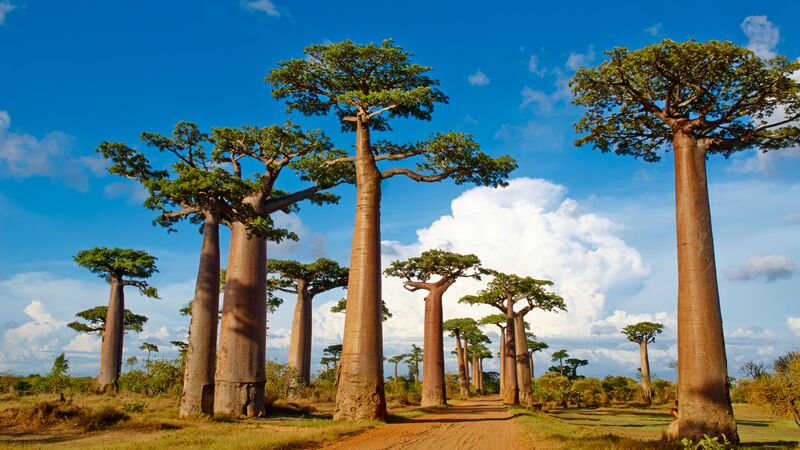
It’d be safe to assume Madagascar can’t get any cooler than the animals that inhabit it, but that’s only because I haven’t mentioned the island’s rich plant life, most of which can only be seen in – yep, you guessed it – Madagascar. The flora of Madagascar consists of around 12,000 plant species and 10,000 of those can only be found on the island, so for the budding botanists in the room, eat your heart out.
Yes, Madagascar might be located in Africa and used to scorching summers, but its diverse geography lends itself to some pretty fascinating environments that aren’t deserts, with each corner of the country boasting different vegetation. The western region is covered in grasslands and is home to hog-nosed snakes and net-throwing spiders, while the east teems with tropical forests and its southwestern counterpart features spiny ones.
But perhaps the most iconic of all the plants in Madagascar is the baobob tree. While it isn’t native to Madagascar as a species, six out of the eight types of the baobab tree are found on the island, so I reckon this unforgettable country can (almost) claim it as its own.
Looking as if they belong in Tim Burton’s adaptation of Alice in Wonderland, these trees all share an upside-down appearance but differ in shape and size, and one stroll down the eponymous avenue in the country’s west is enough to feel as though you’ve been entranced in a fairytale.
Related: 8 reasons why your next adventure should be in Madagascar
Cuisine
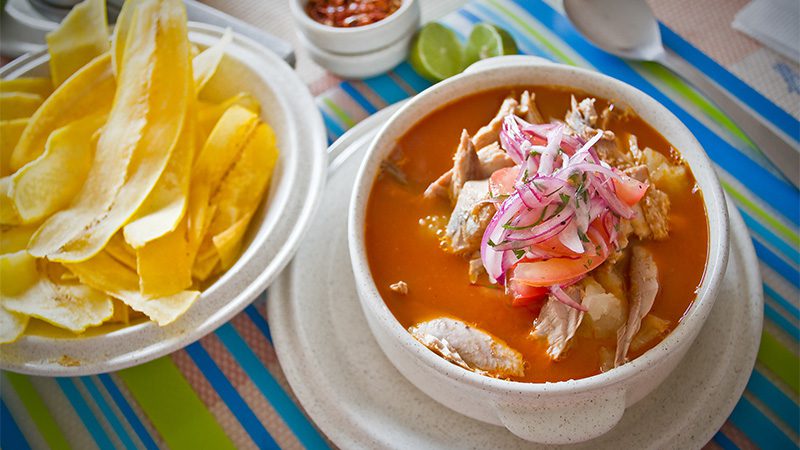
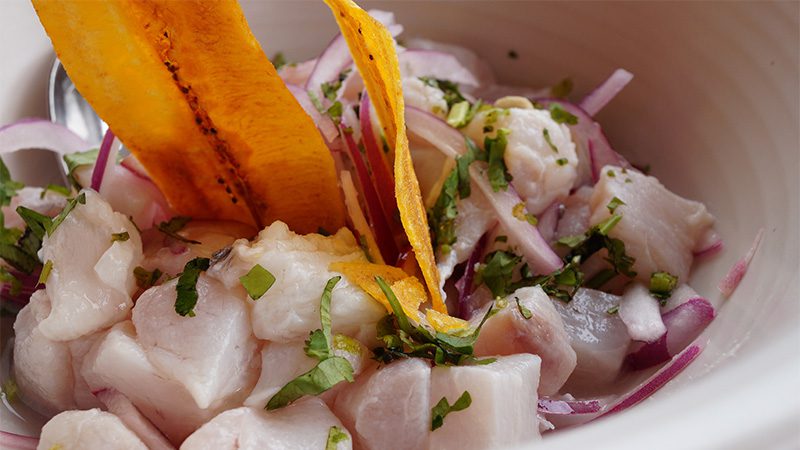
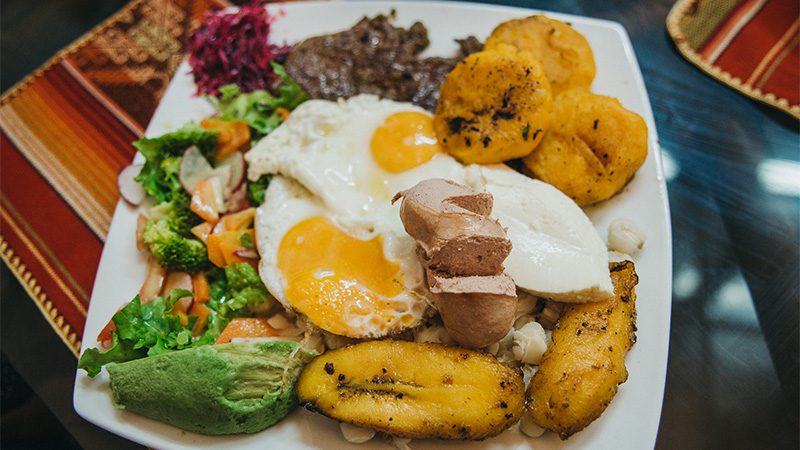
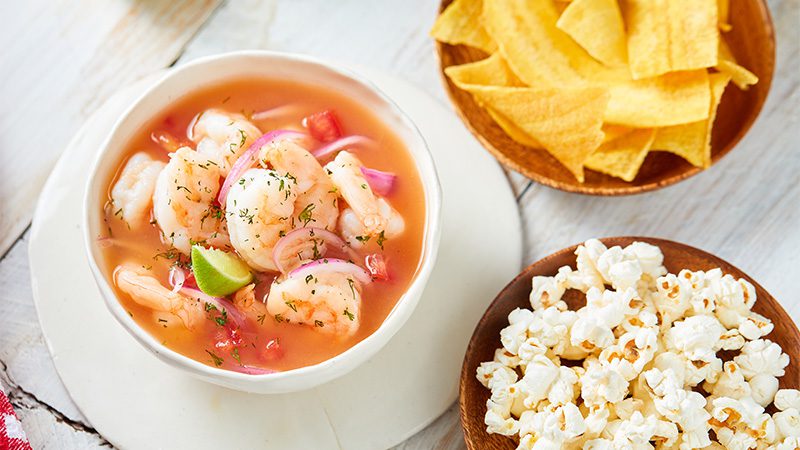
Being an archipelago in the middle of the Pacific Ocean, it’s no surprise many of the traditional dishes of the Galapagos Islands feature ingredients that come from the sea – think lobster, langostino, and sea cucumber. While you’ll see seafood on every restaurant menu (shrimp ceviche is a firm favourite), you won’t have to dine exclusively on dishes such as encebollado, a thick fish soup made with yucca, chilies, and onion, or arroz marinero (seafood rice).
Hailing from neighbouring Central and South American countries, especially Ecuador, there’s plenty of traditional meat dishes to go ‘round with the majority involving potatoes and rice and other grains. Yes, the food in the Galapagos is simple but it’s fresh and packed with heaps of flavour, so whether you prefer to munch on fried plaintains or sip seafood soup, you’ll never go hungry on these islands.
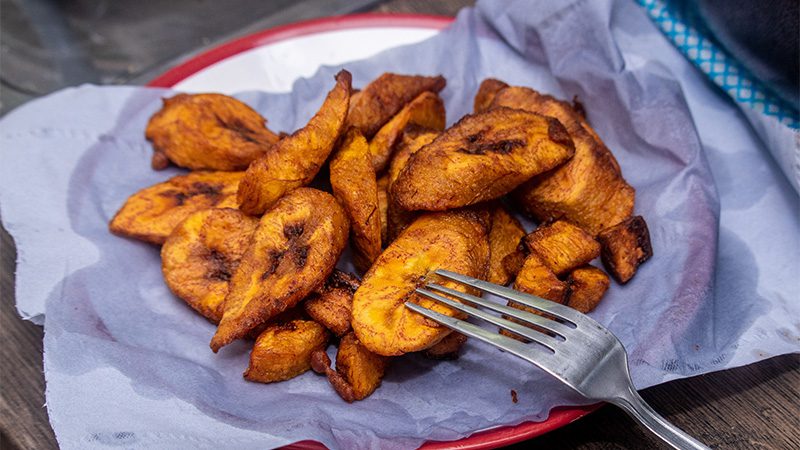
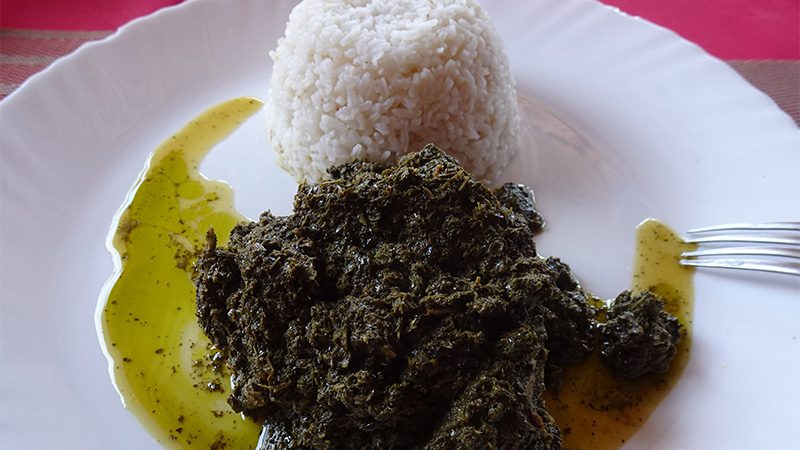
You might not see Madagascan cuisine (or Malagasy) on many restaurant menus, but that doesn’t mean it’s not full of flavour and delectably delicious. Influenced by plenty of neighbouring countries including Mozambique, Tanzania and Zambia, as well as countries further afield such as France, India and Indonesia, Malagasy cuisine is characterised by its use of fresh ingredients and unique local produce.
For example, Madagascar’s national dish is made out of cuba zeba meat (a local type of cow) which is served with a light broth and rice. If that doesn’t tickle your tastebuds, perhaps a royal serving of henakiosa sy amalona will do the trick? Made of pork and eel, this dish is considered a Madagascan delicacy and needs to be tried if you’re feeling adventurous.
And for dessert, munch on some Madagascan chocolate which boats a foresty, fruity flavour profile.
The verdict
They might be on opposite sides of the world, but the Galapagos Islands and Madagascar have more in common than many people realise. Both filled with distinctive animals, remarkable ecoystems and some of the best food you’ll ever treat your tastebuds to, each of these destinations promise (and deliver) a holiday you’ll never forget.
But which one should be first on your must-travel-to list? Normally it takes the same amount of time for me to make a decision as it does for a giant tortoise to walk 50 metres, but this one’s easy. It’s a draw. Not the answer you were hoping for? Maybe it’s time for plan B.

